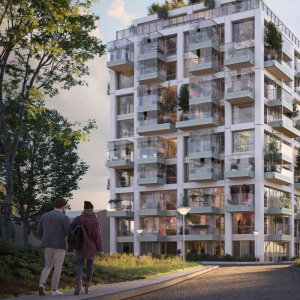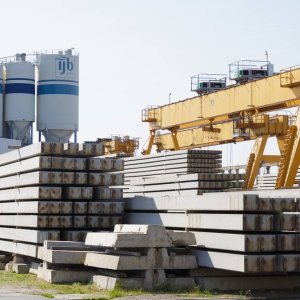End Colloquium Naomi Vastenhout
Implementation of drainage sludge from the Rotterdam harbor in a 3DCP mix design
The building and construction industry is one of the most polluting industries, primarily due to the production of cement resulting from its high energy consumption and CO2 emissions. Sustainability is increasingly vital, emphasizing reducing material demand, lowering embodied carbon and adopting nature-based solutions. 3D concrete printing (3DCP) can be a promising solution for resource-efficient construction practices. However, most 3DCP mix designs are characterized by a high cementitious binder content.
Due to the negative environmental impact of cement, a growth in the development of environmentally friendly supplementary cementitious materials (SCMs) is seen. Clay-based materials have shown potential as a replacement for cement due to their pozzolanic activity. A clay source that has recently gained interest is drainage sludge, which is a residual product from the dredging of waterways. Using drainage sludge as an SCM can be beneficial for sustainability.
The goal of my research was to investigate the use of drainage sludge from the harbor of Rotterdam for the implementation in a mix design for a 3DCP application. This is done in two parts. First, the activation of the drainage sludge, by mechanical and thermal treatment, to enhance the pozzolanic activity, is evaluated. In the second part, the activated drainage sludge is implemented as a binder into a 3DCP mix
During my end colloquium, I will present the outcomes of my research, focusing on the opportunities and effects of using drainage sludge.



